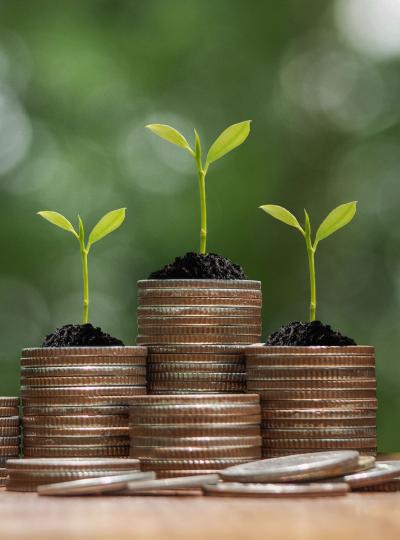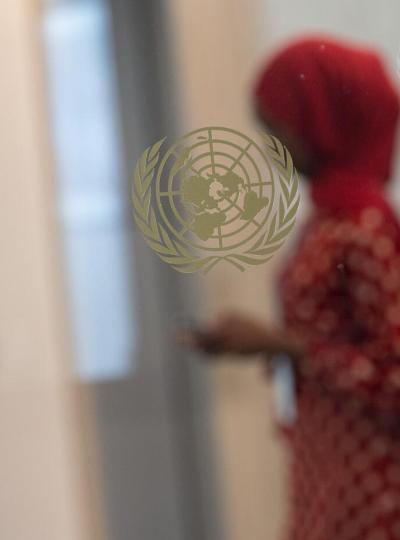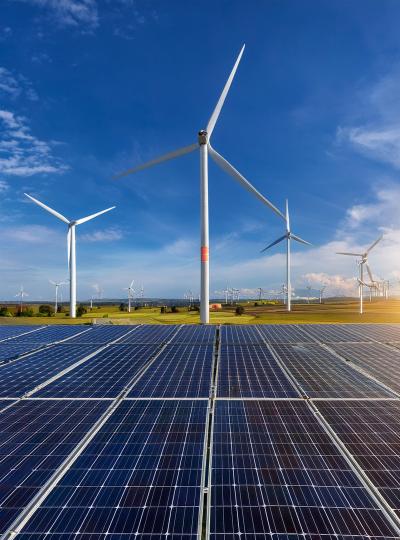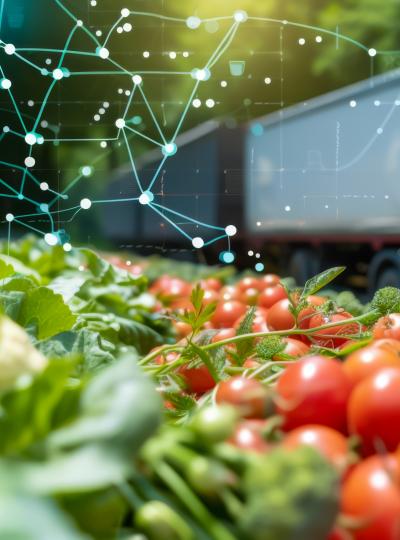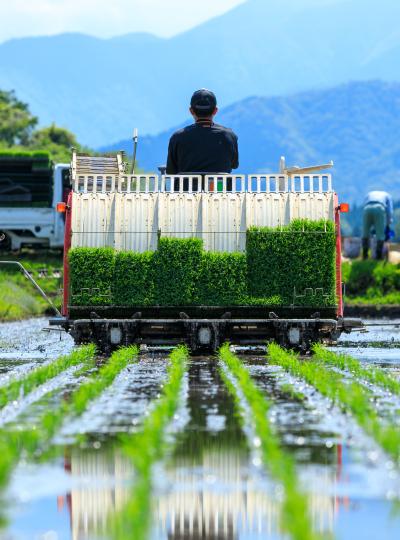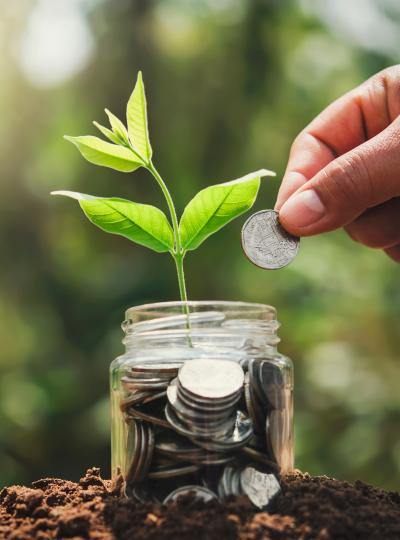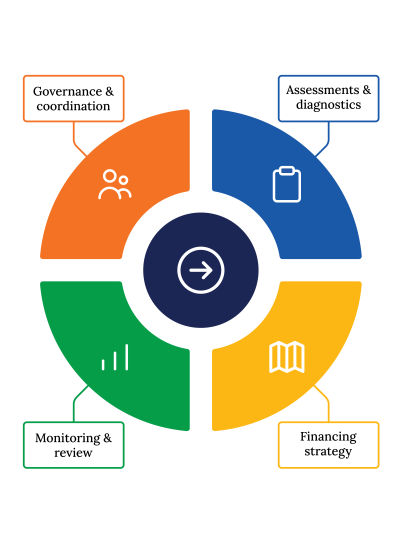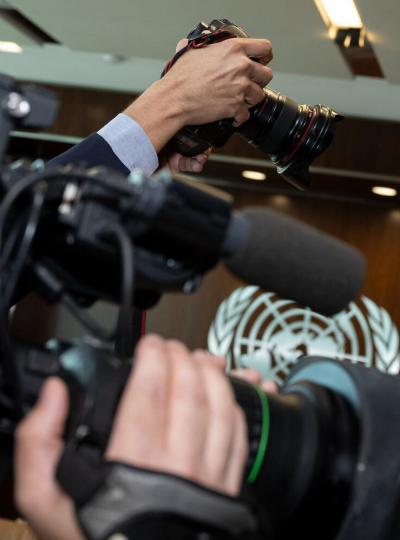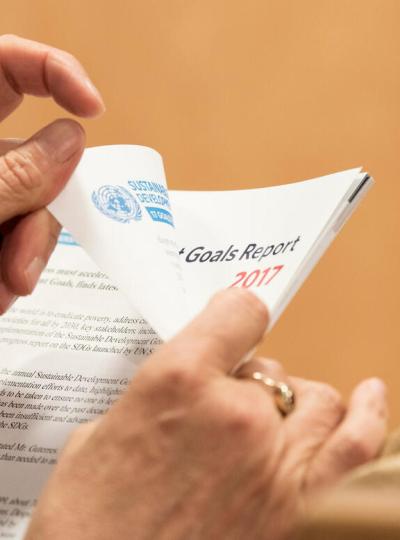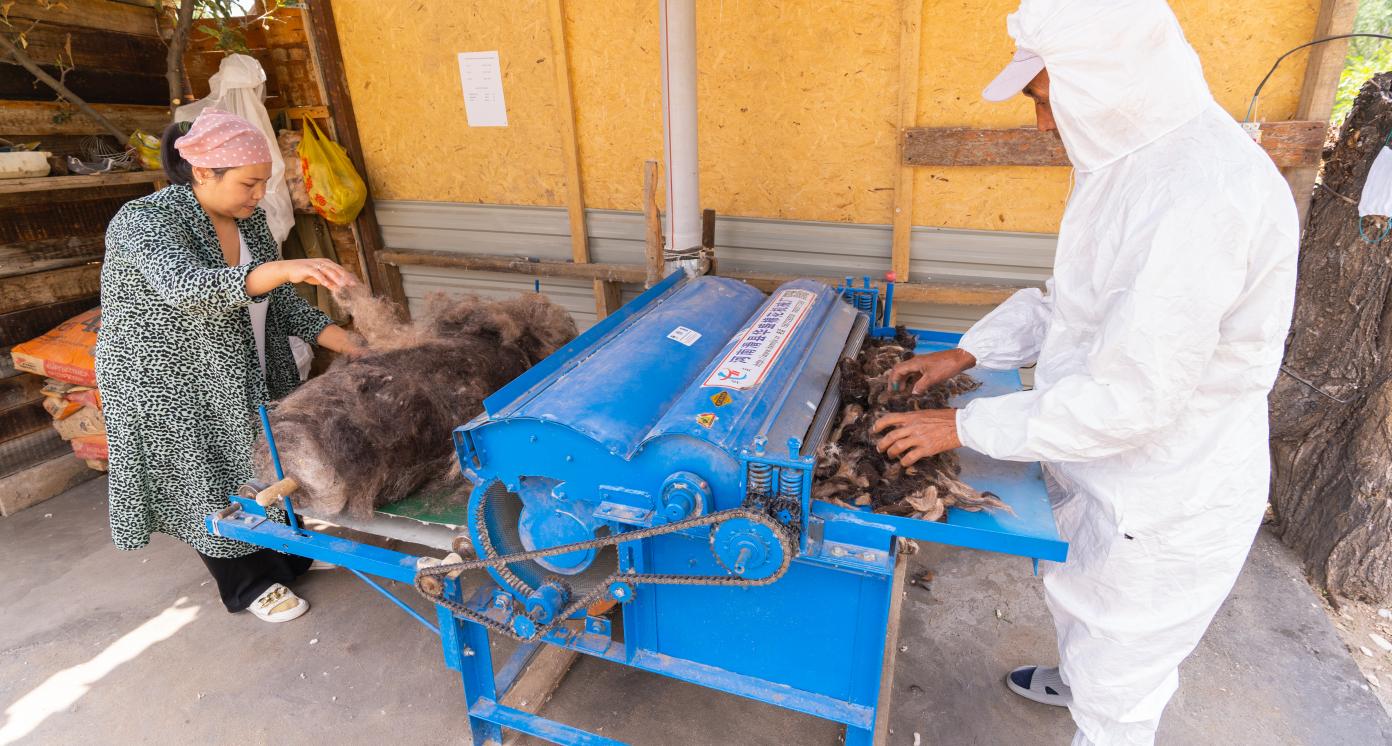Artisanal Felted Wool Production
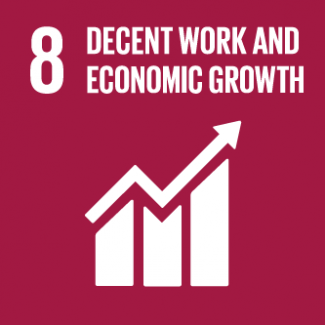
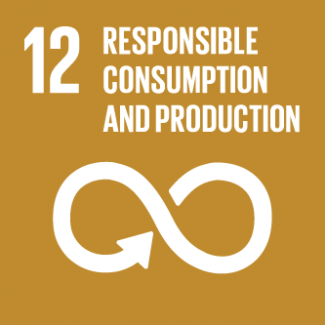
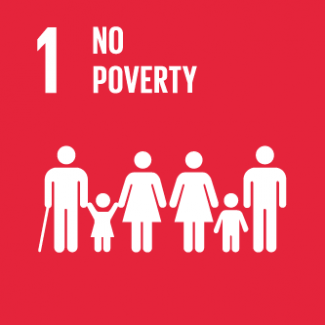
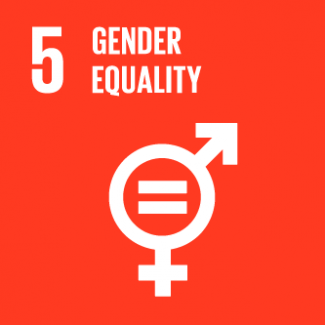
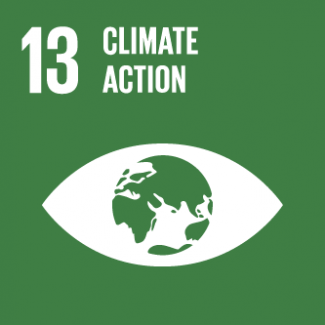
Business Model Description
Invest in the business-to-consumer (B2C) and business-to-business (B2B) production of 100% pure felted wool products such as shoes, home and decor, toys, bags, and kitchen and dining products using indigenous hand-felting techniques sold for export and domestically.
Expected Impact
Increase job creation and employment, enhance trade balance through heightened export, thus fostering economic growth.
How is this information gathered?
Investment opportunities with potential to contribute to sustainable development are based on country-level SDG Investor Maps.
Disclaimer
UNDP, the Private Finance for the SDGs, and their affiliates (collectively “UNDP”) do not seek or solicit investment for programmes, projects, or opportunities described on this site (collectively “Programmes”) or any other Programmes, and nothing on this page should constitute a solicitation for investment. The actors listed on this site are not partners of UNDP, and their inclusion should not be construed as an endorsement or recommendation by UNDP for any relationship or investment.
The descriptions on this page are provided for informational purposes only. Only companies and enterprises that appear under the case study tab have been validated and vetted through UNDP programmes such as the Growth Stage Impact Ventures (GSIV), Business Call to Action (BCtA), or through other UN agencies. Even then, under no circumstances should their appearance on this website be construed as an endorsement for any relationship or investment. UNDP assumes no liability for investment losses directly or indirectly resulting from recommendations made, implied, or inferred by its research. Likewise, UNDP assumes no claim to investment gains directly or indirectly resulting from trading profits, investment management, or advisory fees obtained by following investment recommendations made, implied, or inferred by its research.
Investment involves risk, and all investments should be made with the supervision of a professional investment manager or advisor. The materials on the website are not an offer to sell or a solicitation of an offer to buy any investment, security, or commodity, nor shall any security be offered or sold to any person, in any jurisdiction in which such offer would be unlawful under the securities laws of such jurisdiction.
Country & Regions
- Kyrgyzstan: Naryn Oblast
- Kyrgyzstan: Jalal-Abad Oblast
- Kyrgyzstan: Osh Oblast
- Kyrgyzstan: Issyk-Kul Oblast
Sector Classification
Food and Beverage
Development need
Kyrgyzstan is highly dependent on imported food due to low productivity and output in the food sector. The country is a net importer of meat and depends on imports of fats, oil, and sunflower seeds, over 90% of which comes from Russia, Belarus or Ukraine. In 2023, 30% of the population lived below the poverty line, spending over 60% of the income on basic food needs (1, 2, 3, 4).
Policy priority
The Programme for the development of the food and processing industry during 2023-2027 aims to ensure food security, efficient use of raw materials, provision of government lending, and attracting investments in the sector. The national development strategy until 2026 emphasizes the role of medium and large processing complexes and logistics centres for boosting export (5, 6).
Gender inequalities and marginalization issues
The gender-segregated data on land ownership is limited and outdated but reveals that women report themselves as agricultural land owners less often than men. Despite equal legal rights to land resources between men and women, women tend to be excluded from land governance and decision-making (7).
Investment opportunities introduction
In 2023, the food industry, including beverage and tobacco production, has generated approximately USD 830 million in output. The main opportunities in the food sector lie in sugar production, tobacco-fermentation plants, horticultural processing, meat processing, and logistics centres (8, 9).
Key bottlenecks introduction
Climate change, affecting agricultural outputs and prices, supply-chain shocks caused by the COVID-19 pandemic and conflict between Eastern European countries, which are major food importers to Kyrgyzstan, significantly affected the development of food and beverage sector in recent years (1, 4, 10).
Food and Agriculture
Development need
Post-harvest losses remain significant, with 30-40% of produce lost during collection, transportation, and storage processes. Despite being a livestock country, 87% of pastures in Kyrgyzstan are degraded at least one season per year. Limited access to high-quality seeds contributes to low seed replacement rates, resulting in reduced yields of fodder and feed crops (11, 12).
Policy Priority
Nationally Determined Contributions (NDC) target reducing agricultural greenhouse gas emissions by optimizing livestock numbers, enhancing pedigree stock, expanding organic crop farming, and increasing manure use as fertilizer. The 2024-2028 Green Economy Programme promotes resource-efficient, eco-friendly farming (13, 14).
Gender inequalities and marginalization issues
The rural population predominates in Kyrgyzstan, with nearly 65% living in rural areas. Of these, 20% are engaged in agriculture and the majority work informally. In 2021, one in three, or 35%, informally employed women worked in agriculture (11, 15).
Investment opportunities introduction
In 2023, foreign direct investments in agriculture amounted to USD 667,000. Bank loans in the sector increased by 11.6% in 2024, reaching KGS 47 billion (USD 649 million). There are opportunities to invest in storage facilities, berry growing, fish breeding, dairy farms and cheese production, trout farming, and organic production (16, 17, 18).
Key bottlenecks introduction
Low levels of skills in land management, harvest techniques, animal husbandry and veterinary practices, as well as obsolete agricultural equipment significantly hinder the sector’s development (11).
Agricultural Products
Pipeline Opportunity
Artisanal Felted Wool Production
Invest in the business-to-consumer (B2C) and business-to-business (B2B) production of 100% pure felted wool products such as shoes, home and decor, toys, bags, and kitchen and dining products using indigenous hand-felting techniques sold for export and domestically.
Business Case
Market Size and Environment
< USD 50 million
5,000 tons of exported felt and wool
The export of processed wool between 2016-2020 amounted to 4,213 tons or USD 1.37 million. Production of felt products in the same period amounted to 800 tons or USD 1.3 million (22).
Indicative Return
20% - 25%
A benchmark business plan for the processing of natural fibers in a Central Asian country shows a return on investment (ROI) of 25.8% (23).
A benchmark study by Food and Agriculture Organization (FAO) in a Central Asian country shows a return on investment (ROI) of 19% (24).
The National Investments Agency identified a zero waste slaughtering cycle project, which includes the production of processed wool for domestic and foreign markets with an internal rate of return (IRR) of 19% in five years (22).
Investment Timeframe
Short Term (0–5 years)
The National Investments Agency identified a zero-waste slaughtering cycle project, which includes the production of processed wool for domestic and foreign markets with a payback period of 4.1 years and a discounted payback period of 4.8 years (22).
A benchmark business plan for the processing of natural fibers in a Central Asian country shows a payback period of 3.9 years and a discounted payback period of 5.2 years (23).
Ticket Size
USD 500,000 - USD 1 million
Market Risks & Scale Obstacles
Capital - CapEx Intensive
Market - Highly Regulated
Impact Case
Sustainable Development Need
The textile industry in Kyrgyzstan is predominantly informal, with small-scale female artisans comprising a significant portion of the workforce (27).
Although Kyrgyzstan is abundant in natural wonders and cultural attractions, according to the private stakeholders, it lacks a unique tourism identity and requires an advancement of the "made in Kyrgyzstan" brand (28).
Around 23% of all roads in the Kyrgyz Republic remain unpaved, restraining rural residents from travelling to regional markets for employment opportunities (29).
Gender & Marginalisation
In 2019, the share of employed rural women was only 40% in comparison with 71.9% of employed rural men (30).
Livestock breeding in Kyrgyzstan is one of the main sources of income for rural residents. There are 26 meat producers and more than 287 individual entrepreneurs in the country, most of which are concentrated in rural regions of Kyrgyzstan (22).
Expected Development Outcome
Artisanal felted wool production decreases informality in the craft-based industry.
Artisanal felted wool production improves workforce participation and income generation among rural and remote populations with limited access to regional centres.
Gender & Marginalisation
Artisanal felted wool production provides employment opportunities for rural women.
Production of woollen garments and other items diversifies the sources of income for livestock breeding communities in Kyrgyzstan.
Primary SDGs addressed

8.3.1 Proportion of informal employment in total employment, by sector and sex
8.5.2 Unemployment rate, by sex, age and persons with disabilities
Employment in the informal sector rose to 1,754,600 people (1,139,400 men and 589,400 women), where employment in the informal sector of agriculture was the highest, 343,000 people (42).
In 2023, unemployment reached 4.1%, with 5.2% among women and 3.3% among men. The highest unemployment experienced people aged 20-29, 8.2% in the same year (31).

12.5.1 National recycling rate, tons of material recycled
The share of recycled waste from packaging and containers into secondary raw materials and finished products totalled 1% in 2023 (14).
The share of recycled waste from packaging and containers into secondary raw materials and finished products is targeted to reach 10% by 2028 (14).

1.2.1 Proportion of population living below the national poverty line, by sex and age
In 2022, 33.15% of the population lived below the national poverty line, where 32.83% of women and 33.51% of men lived below the poverty line. The population aged below 17 was the most vulnerable, with 40.27% living below the national poverty line (32).
The programme for the development of a green economy in Kyrgyzstan targets to reduce prevalence of multidimensional poverty, which was 47.4% in 2022, to only 42% by 2028 (14).
Secondary SDGs addressed


Directly impacted stakeholders
Gender inequality and/or marginalization
Corporates
Public sector
Indirectly impacted stakeholders
Corporates
Outcome Risks
If artisanal wool production relies on sheep grazing in natural or semi-natural environments without sustainable pasture management, it can lead to further degradation of pasture lands.
The adoption of industrial wool production and processing methods in place of artisanal and indigenous techniques can substantially impact greenhouse gas emissions and water and land usage.
Impact Risks
Severe pasture degradation, caused by poor land management practices and climate change, can hinder the development of domestic production of wool items (33).
Impact Classification
What
Wool production creates employment and income-generating opportunities for the rural population, livestock farmers and women, thus increasing trade balance and boosting economic development.
Who
Rural women, wool garment producers, wool processors, sheep farmers, and the government benefit from improved felted wool production, through an economic empowerment of the population.
Risk
Inadequate land management and weather-related hazards that affect pasture quality can significantly impede the business model's development.
Contribution
Artisanal wool production offers women value-added opportunities in employment and ownership, addressing gender disparities in livestock asset ownership typically dominated by men (48).
How Much
The development of the textile and sewing industry can roughly create over 21,000 jobs in the Kyrgyz Republic (34).
Impact Thesis
Increase job creation and employment, enhance trade balance through heightened export, thus fostering economic growth.
Enabling Environment
Policy Environment
National Development Strategy for 2018-2040, 2018: sets an objective to promote Kyrgyz textile products under the national brand in the world markets, including Europe and South-East Asia (5).
National Development Program until 2026, 2021: provides for the development and competitiveness of local light industry products, proposes the introduction of industrial equipment leasing on favourable terms, access to energy resources and engineering networks, and a package of permits (35).
Program for attracting investments to the Kyrgyz Republic for 2022-2026, 2022: sets investment policy goals, coordinates actions, and prioritizes light industry development, focusing on creating sustainable demand and accessing foreign markets (36).
Financial Environment
Financial incentives: The government provides preferential loans to wool producing and processing clusters under the programme of lending to the agro-industrial complex with a term of 3-5 years and an interest rate of 6% p.a. (40).
Regulatory Environment
Law No. 166 On the development of agriculture in the Kyrgyz Republic, 2009: regulates entities' relations to develop the agro-food sector and identifies the development of livestock breeding and production of agricultural products as one of the main areas of government support (37).
Law No. 66 On investments, 2003: establishes the basic principles of the state investment policy, providing fair, equal legal treatment to investors and guaranteeing the protection of their investments in the economy of the Kyrgyz Republic (38).
Law No. 98 On the public-private partnership, 2021: provides definitions of the parties participating in PPP projects, their roles and responsibilities, allowing for opportunities for VAT exemptions and tax deferment, a moratorium on inspections for up to 3 years, and other benefits (39).
Marketplace Participants
Private Sector
Uz-Anar, Tumar Art Group, One Village One Product (OVOP).
Government
National Investments Agency under the President, Ministry of Water Resources, Agriculture, and Processing Industry, Ministry of Economy and Commerce.
Multilaterals
United Nations Development Programme (UNDP), International Trade Center (ITC), World Bank, Asian Development Bank (ADB).
Non-Profit
Aga Khan Foundation (AKF).
Target Locations
Kyrgyzstan: Naryn Oblast
Kyrgyzstan: Jalal-Abad Oblast
Kyrgyzstan: Osh Oblast
Kyrgyzstan: Issyk-Kul Oblast
References
- (1) World Food Programme. 2021. Food Security Situation in the Kyrgyz Republic. https://www.fsinplatform.org/sites/default/files/resources/files/WFP-0000124521.pdf
- (2) UNDP. 2023. Development Finance Assessment. https://www.undp.org/kyrgyzstan/publications/development-finance-assessment-kyrgystan
- (3) National Statistical Committee of the Kyrgyz Republic. 2023. Number of households with expenditure below subsistence level. https://stat.gov.kg/en/statistics/download/dynamic/538/
- (4) World Bank Group. 2022. Agrifood trade and food security in Central Asia: Possible implications of the war in Ukraine. https://documents1.worldbank.org/curated/en/099614301182328659/pdf/IDU099aa8f43031360476b0ba0e0c5517feb727f.pdf
- (5) The Government of the Kyrgyz Republic. 2018. National Development Strategy of the Kyrgyz Republic for 2018-2040. https://www.fao.org/faolex/results/details/en/c/LEX-FAOC203822/
- (6) Правительство Кыргызской Республики. 2023. Программа развития пищевой и перерабатывающей промышленности Кыргызской Республики на 2023-2027 годы с применением кластерного развития. https://cbd.minjust.gov.kg/53-339/edition/1035/ru
- (7) CIFOR-ICRAF, IFAD. 2023. Women's Land Rights in the Kyrgyz Republic. https://www.cifor-icraf.org/publications/pdf_files/Books/Socio-legal-review-Kyrgyz.pdf
- (8) National Statistical Committee of the Kyrgyz Republic. 2023. Volume of industrial goods production by types of economic activity. https://stat.gov.kg/en/opendata/category/361/
- (9) Национальное агенство по инвестициям при Президенте Кыргызской Республики. 2021. Инвестиционные проекты в сфере сельского хозяйства. https://invest.gov.kg/Инвестиционные-проекты-в-сфере-сельхоз-РУС.pdf
- (10) Asian Development Bank. 2020. COVID-19 pandemic impacts on food security in Central and West Asia. Key issues and strategic options. https://www.adb.org/sites/default/files/publication/656091/cwwp-009-covid-19-impacts-food-security.pdf
- (11) IFAD. 2021. COSOP results review. https://www.ifad.org/en/w/corporate-documents/regions-countries/kyrgyzstan-cosop-results-review-2021
- (12) IFAD, FAO. 2023. Low carbon and resilient livestock development in Kyrgyzstan. https://openknowledge.fao.org/server/api/core/bitstreams/3e8893c7-5e23-4890-8b38-b1d65538322b/content#:~:text=The%20new%20IFAD%20project%20would,reducing%20the%20overall%20quantity%20needed.
- (13) The Government of the Kyrgyz Republic. 2021. Updated Nationally Determined Contributions 2021. https://unfccc.int/sites/default/files/NDC/2022-06/%D0%9E%D0%9D%D0%A3%D0%92%20ENG%20%D0%BE%D1%82%2008102021.pdf
- (14) Министерство Кыргызской Республики. 2024. Программа развития зеленой экономики в Кыргызской Республике на 2024-2028 годы (Проект). https://mineconom.gov.kg/froala/uploads/file/3bd5db922cf87fc28a0f3cbeced8e2bbe286956c.pdf
- (15) UN Women. 2023. Sustainable Development Goals and Gender in the Kyrgyz Republic. https://data.unwomen.org/sites/default/files/documents/Publications/2023/Kyrgyz-SDG-gender.pdf
- (16) National Statistical Committee of the Kyrgyz Republic. 2023. Foreign Investment in 2023. https://stat.gov.kg/en/statistics/download/operational/1763/
- (17) National Bank of the Kyrgyz Republic. 2024. Trends of banking sector development. https://www.nbkr.kg/index1.jsp?item=80&lang=RUS
- (18) National Investments Agency under the President of the Kyrgyz Republic. 2021. Investment projects. https://invest.gov.kg/ru/2021/12/07/test/.
- (19) AFAR. 2022. Of Sheep and Wool: How Modern Artisans Revived the Kyrgyz Art of Felting. https://www.afar.com/magazine/how-modern-artisans-revived-the-kyrgyz-art-of-felting
- (20) OVOP Kyrgyzstan. 2024. [About us]. https://ovopkg.com/aboutus.php
- (21) Uz-Anar. 2024. [Home page]. https://uzanar-felt.com/en/main/
- (22) National Investments Agency under the President of the Kyrgyz Republic. 2023. Zero Waste Slaughtering Cycle Project «Kara-Buk» LLC. https://invest.gov.kg/wp-content/uploads/2023/05/EN-31.pdf
- (23) Parasat Consulting, Национальная палата предпринимателей Республики Казахстан "Атамекен". 2016. Бизнес-план: "Создание предприятия по переработке шерсти". https://damu.kz/upload/Files/Biznes-plani/Biznes_plan_SozdaniePredpriyatiyaPoPererabotkeShersti.pdf
- (24) Инвестиционній центр ФАО. 2011. Сектор шерсти. https://www.fao.org/fileadmin/user_upload/tci/docs/LH4-Wool.pdf
- (25) Национальное агенство по инвестициям при Президенте Кыргызской Республики. 2022. Реестр инвестиционных проектов НАИ при Президенте КР. https://invest.gov.kg/wp-content/uploads/2022/09/2-РЕЕСТР-ПРОЕКТОВ-НАИ-354-укороченный-вариант.pdf
- (26) International Trade Administration. 2024. Kyrgyz Republic - Garment Manufacturing. https://www.trade.gov/country-commercial-guides/kyrgyz-republic-garment-manufacturing
- (27) Stakeholder consultations with a producer of felted wool garment and items in Kyrgyzstan, December 2024.
- (28) Stakeholder consultation with a tourism business association. September 2024.
- (29) WFP Logistics Cluster (LCA). 2024. Kyrgyz Road Network. https://lca.logcluster.org/23-kyrgyzstan-road-network
- (30) UN Kyrgyz Republic. 2021. United Nations Common Country Analysis for the Kyrgyz Republic. https://kyrgyzstan.un.org/sites/default/files/2021-12/CCA%20REPORT%20-%20FINAL%20DECEMBER%202021.pdf
- (31) Национальный статистический комитет Кыргызской Республики. 2023. Уровень безработицы в разбивке по полу, возрасту и признаку инвалидности (показатель 8.5.2). https://sustainabledevelopment-kyrgyzstan.github.io/8-5-2/
- (32) Национальный статистический комитет. 2022. Доля населения страны, живущего за официальной чертой бедности, в разбивке по полу и возрасту (показатель 1.2.1).
- (33) PETA. 2024. Environmental Hazards of Wool. https://www.peta.org/issues/animals-used-for-clothing/wool-industry/wool-environmental-hazards/
- (34) Правительство Кыргызской Республики. 2013. Постановление от 6 марта 2013 года №123 О Программе развития текстильного и швейного производства Кыргызской Республики на 2013-2015 годы. https://cbd.minjust.gov.kg/7-15932/edition/809724/ru
- (35) Кабинет Министров Кыргызской Республики. 2021. Национальная программа развития Кыргызской Республики до 2026 года. https://faolex.fao.org/docs/pdf/kyr208595.pdf
- (36) Кабинет Министров. 2022. Программа по привлечению инвестиций в Кыргызскую Республики на 2022-2026 годы. https://cbd.minjust.gov.kg/159444/edition/1186845/ru
- (37) Правительство Кыргызской Республики. 2009. Закон Кыргызской Республики от 26 мая 2009 года №166 О развитии сельского хозяйства Кыргызской Республики. https://cbd.minjust.gov.kg/202555/edition/1213000/ru
- (38) Правительство Кыргызской Республики. 2003. Закон Кыргызской Республики от 27 марта 2003 года №66 Об инвестициях в Кыргызской Республике. https://cbd.minjust.gov.kg/1190/edition/8226/ru
- (39) Правительство Кыргызской Республики. 2021. Закон Кыргызской Республики от 11 августа 2021 года №98 О государственно-частном партнерстве. https://cbd.minjust.gov.kg/112275/edition/1077389/ru
- (40) Кабинет Министров Кыргызской Республики. 2022. Распоряжение от 16 марта 2022 года №120-р. https://cbd.minjust.gov.kg/219019/edition/4826/ru
- (41) Национальный статистический комитет Кыргызской Республики. 2024. Производство основных видов продукции животноводства по территории Кыргызской Республики.
- (42) Национальный статистический комитет Кыргызской Республики. 2022/ Цели Устойчивого Развития в Кыргызской Республике. Занятость в неформальном секторе в разбивке по полу, возрасту, город-село и отраслям экономики (показатель 8.3.1.1). https://sustainabledevelopment-kyrgyzstan.github.io/8-3-1-1/
- (43) Национальный статистический комитет Кыргызской Республики. 2022. Поголовье овец и коз. https://stat.gov.kg/ru/opendata/category/98/
- (44) Национальный статистический комитет Кыргызской Республики. 2024. Женщины и мужчины Кыргызской Республики 2019-2023. https://stat.gov.kg/media/publicationarchive/dd79bce2-f315-4956-8fc5-52d3485c6aaf.pdf
- (45) Национальный статистический комитет Кыргызской Республики. Институт статистических исследований и повышения квалификации. 2020. Аналитическая записка. Особенности и перспективы развития сельского хозяйства Кыргызской Республики. https://stat.gov.kg/media/files/67cd4b04-154b-473c-9556-534d36e630b5.doc
- (46) Национальный статистический комитет Кыргызской Республики. 2019. Ошская область. https://stat.gov.kg/ru/opendata/category/4438/
- (47) Национальный статистический комитет Кыргызской Республики. 2023. Численность ззанятого населения по видам экономической деятельности и по территории. https://stat.gov.kg/ru/statistics/download/dynamic/675/
- (48) FAO. 2016. National Gender Profile of Agricultural and Rural Livelihoods - Kyrgyz Republic. Country Gender Assessment Series. https://openknowledge.fao.org/server/api/core/bitstreams/1cf4c70a-c82c-4dbc-9bb8-170f9fef9176/content

